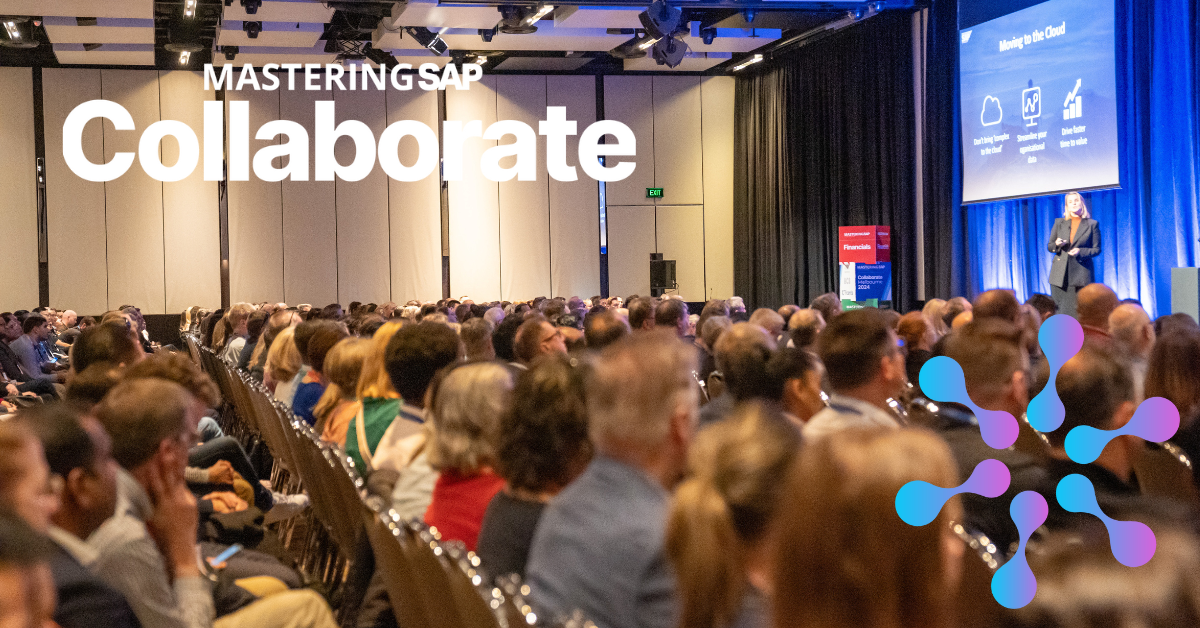SAP MRP
Filter By
Browse By
- SAP Analytics and AI
- SAP Application Development and Integration
- All SAP Application Development and Integration
- SAP ABAP
- SAP ABAP Development Tools
- SAP ABAP Test Cockpit
- SAP API Management
- SAP BAPI
- SAP Basis
- SAP BRF
- SAP Business Application Studio
- SAP CMS
- SAP Design Studio
- SAP Development Tools
- SAP DevOps
- SAP EAI
- SAP EDI
- SAP Extension Suite
- SAP Fiori
- SAP Fiori Elements
- SAP Integration Suite
- SAP Low Code Application Development
- SAP Low Code Automation
- SAP Netweaver
- SAP Release Management
- SAP UI5
- SAP Web Application Server
- SAP Web IDE
- SAP Business Process Management
- SAP Center of Excellence
- SAP CIO
- SAP Customer Experience
- SAP Data and Data Management
- All SAP Data and Data Management
- SAP BW
- SAP BW/4HANA
- SAP Crystal Reporting
- SAP Data Archiving
- SAP Data Center
- SAP Data Governance
- SAP Data Integration
- SAP Data Migration
- SAP Data Quality
- SAP Data Services
- SAP Data Strategy
- SAP Data Visualization
- SAP Data Warehouse Cloud
- SAP DMS
- SAP Document Control
- SAP EIM
- SAP ETL
- SAP ETL Tools
- SAP HANA
- SAP HANA Administration
- SAP HANA Deployment Infrastructure
- SAP HANA Studio
- SAP Master Data
- SAP Master Data Governance
- SAP MDM
- SAP Enterprise Architect
- SAP Enterprise Asset Management
- SAP ERP
- SAP Finance
- All SAP Finance
- SAP Accounting
- SAP AR AP
- SAP Asset Accounting
- SAP Billing Systems
- SAP BPC
- SAP BRIM
- SAP Cash Management
- SAP Central Finance
- SAP Controlling
- SAP COPA
- SAP Cost Center Accounting
- SAP e-invoicing
- SAP FICO
- SAP Finance Automation
- SAP Financial Closing Cockpit
- SAP Financial Consolidation
- SAP Financial Planning
- SAP FX Risk
- SAP General Ledger
- SAP Global Tax Management
- SAP Hyperion
- SAP Order to Cash
- SAP Payment Processing
- SAP Profitability Analysis
- SAP Rebate Management
- SAP S/4HANA Finance
- SAP Universal Journal
- SAP Governance Risk and Compliance
- SAP Human Capital Management
- SAP Intelligent Technologies
- SAP Platform and Technology
- All SAP Platform and Technology
- SAP Business Technology Platform
- SAP Cloud Connector
- SAP Cloud Integration Platform
- SAP Cloud Migration
- SAP Cloud Platform
- SAP Cloud Providers
- SAP Cloud Strategy
- SAP Container Platform
- SAP Digital Asset Management
- SAP Digital Integration Hub
- SAP Digital Signature
- SAP HANA Enterprise Cloud
- SAP HEC
- SAP Hyperscalers
- SAP Infrastructure
- SAP Messaging
- SAP Smart Forms
- SAP Quality and Testing
- SAP Security
- SAP Spend Management
- SAP Supply Chain Management
- All SAP Supply Chain Management
- SAP APO
- SAP Asset Management
- SAP Business Network
- SAP Digital Manufacturing Cloud
- SAP Digital Twin
- SAP EWM
- SAP IBP
- SAP Inventory Management
- SAP Label Printing
- SAP Logistics
- SAP Manufacturing
- SAP Manufacturing Automation
- SAP MES
- SAP MII
- SAP MM
- SAP MRO
- SAP MRP
- SAP Order Management
- SAP Plant Maintenance
- SAP PLM
- SAP Production Planning
- SAP S&OP
- SAP SD
- SAP SPM
- SAP Supply Chain Planning
- SAP Track and Trace
- SAP Transportation Management
- SAP System Administration
Supply Chain Management: SAP MRP
In today’s digitally disrupted environment, planners are requested to check the feasibility of an uplifted product forecast based on time horizons. This feasibility check is carried out to determine the availability of capacity and supply to avoid out-of-stock situations and optimize sales. Therefore, putting customer service as the top focus and priority.
What Is SAP MRP?
SAP MRP (Material Requirements Planning) is a module in SAP ERP software. It is where production and procurement planners create feasible and realistic plans to initiate the procurement or production processes. Within SAP MRP, the system calculates the net requirements while considering available stock and scheduled receipts from purchasing and production. The planning run can be executed at a plant level or MRP-area level. The results of an MRP run are recommendations for creating documents to produce, purchase, or transfer the materials. The final step is to create the needed supply documents to meet that demand.
Supply Chain Management: SAP MRP
In today’s digitally disrupted environment, planners are requested to check the feasibility of an uplifted product forecast based on time horizons. This feasibility check is carried out to determine the availability of capacity and supply to avoid out-of-stock situations and optimize sales. Therefore, putting customer service as the top focus and priority.
What Is SAP MRP?
SAP MRP (Material Requirements Planning) is a module in SAP ERP software. It is where production and procurement planners create feasible and realistic plans to initiate the procurement or production processes. Within SAP MRP, the system calculates the net requirements while considering available stock and scheduled receipts from purchasing and production. The planning run can be executed at a plant level or MRP-area level. The results of an MRP run are recommendations for creating documents to produce, purchase, or transfer the materials. The final step is to create the needed supply documents to meet that demand.
What Is the Key to SAP MRP?
For complex products and higher production volumes, complex calculations are needed. Inventory is a major cost of doing business and one of the biggest factors in profitability and customer service. It is important early on to identify key personnel roles whose power base is affected by a new MRP system. The key to making an SAP MRP implementation successful is to provide extensive training and education for all affected employees.
Key business use cases for SAP MRP are:
- Product Promotion: The module can examine if it is feasible to produce the products per an increased demand forecast.
- Capacity Planning: Plan for extra staff, shifts, or additional capacity to prepare for an expected increase in production.
- Purchasing Decisions: Proactively identifies if you should renegotiate purchase contracts due to an increase in scale and identify new vendors to reduce costs. This can also help in creating visibility with supplier collaboration.
SAP MRP benefits come from improved production planning and scheduling processes. This brings faster response time per market changes, allowing a reduction in inventory without compromising customer service.
Technical resource partners for consideration might be – SAP, Opsveda or Tibco.
Further Insights for SAPinsiders
- Manage Material Requirements Planning Exception Messages in SAP. Venkata Ramana Nethi from Schlumberger offers insights to categorize and manage SAP MRP exceptions, because this can impact your operational performance relative to using KPI’s. Learn how to standardize your process and translate the messages into actions.
- Real-Time Supply Chain Planning with Demand-Driven MRP in SAP S/4HANA. Caetano Almeida, talks about DDMRP (Demand Driven MRP) SAP Fiori apps. The bullwhip effect is where inventory can move from being backordered to having excess. The DDMRP establishes buffers to absorb the demand variability and help stabilize the nervousness effect.
650 results
-

Optimize the Procurement Process by Automatically Generating Vendor Delivery Schedule Lines
Published: 01/November/2011
Reading time: 13 mins
The ability to take advantage of automatic generation of delivery schedule lines for vendors adds value to the procurement process by eliminating the need to create and maintain them manually. Find out how you can easily put this into action with a practical example. Key Concept The procurement process can be enhanced by taking advantage...…
-

Improve Current Forecast Models in SAP MM
Published: 09/April/2013
Reading time: 13 mins
Learn how to increase the accuracy of the current forecast models in SAP materials management (MM). This alternative strategy consists of combining different forecasting models by placing weights on individual forecasts. The idea behind the combination of forecasting techniques is that no forecasting method is fully appropriate for all situations. You can apply this improved...…
-

Realize a Faster Design Build by Procuring Components without Building the Assemblies
Published: 08/January/2014
Reading time: 10 mins
SCMProcuring components without building assembly production orders is a common requirement for creating product prototypes. You can meet this demand by creating a forecast for the assembly material and running material requirements planning (MRP). Discover the material master settings to use and walk through a test procedure for verifying the functionality. Key Concept Planning without...…
-
-

Realize a Faster Design Build by Procuring Components without Building the Assemblies
Published: 08/January/2014
Reading time: 10 mins
SCMProcuring components without building assembly production orders is a common requirement for creating product prototypes. You can meet this demand by creating a forecast for the assembly material and running material requirements planning (MRP). Discover the material master settings to use and walk through a test procedure for verifying the functionality. Key Concept Planning without...…
-

Reduce Costs with Better Handling of Scrap Master Data Elements
Published: 29/April/2009
Reading time: 18 mins
SAP ERP Central Component 6.0 offers several scrap master data elements. Understand the purpose of these master data elements, how the various scrap fields work together, and when and how to use master data elements to get the desired business results. Key Concept Scrap means different things to different people. The most common business meaning...…
-

A Step Toward Understanding SAP S/4HANA Embedded PP/DS
Published: 17/January/2017
Reading time: 11 mins
Discover the new features introduced by the new SAP S/4HANA embedded Production Planning and Detailed Scheduling (PP/DS). Learn the necessary master data changes and how to run PP/DS on SAP S/4HANA. Key Concept SAP S/4HANA Embedded Production Planning and Detailed Scheduling is available on SAP S/4HANA release 1610. This functionality introduces in SAP S/4HANA the...…
-

Manage Complex External Manufacturing Operations with a Full Contract Manufacturing Solution in SAP
Published: 07/November/2012
Reading time: 22 mins
See how to implement a full contract manufacturing (CM) solution in an SAP system. Gain details about the main master and transactional data needed to implement this solution along with the most important customizing details from a logistics point of view. Key Concept An outline agreement (contract or vendor scheduling agreement) is set up once...…
-
-

Improve Supply Chain
Published: 15/April/2008
Reading time: 7 mins
Gain a critical overview of how vendor-managed inventory (VMI) reduces inventory levels and holding costs, enhances supplier visibility, and shrinks demand fluctuations. Learn how to set up master data and configure your SAP system to support VMI. Key Concept In a traditional retailer-vendor relationship, the retailer stores the inventory and maintains inventory levels, ordering more...…
-

Implement ATP and Stock Transfer Flows for Virtual Distribution Plants in SAP ECC 6.0
Published: 13/April/2012
Reading time: 15 mins
By Amir Ashfaq Hussain, Infosys Technologies, Limited In business scenarios in which virtual plants are created within SAP ERP systems for administrative purposes, managing available-to-promise (ATP) checks and stock transfers presents challenges. SAP provides two options that address plant-to-plant transfer issues in virtual plants. Based on North American or European business scenarios, these lessons learned...…
-

Before You Go Live, Maximize the Benefit from Your MRP Output
Published: 25/July/2017
Reading time: 3 mins
In a brief interview at SCM 2017, Beverly Desjardins, solution architect at itelligence North America, answered some questions related to her session on how to use material requirements planning (MRP) results to improve the stability of your system.
Become a Member
Unlimited access to thousands of resources for SAP-specific expertise that can only be found here.
Upcoming Events
-

Mastering SAP Collaborate – Sydney 2025
November 12 - 14, 2025
Sydney, New South Wales
Australia
View Event
Related Vendors
Your request has been successfully sent

